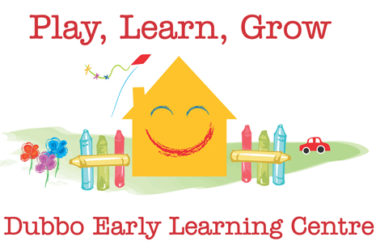Children are supported to collaborate, learn from and help each other.

What are you doing well in the relation to the NSQ element 5.2.1?
That is the first question we need to ask ourselves every time we look at an element in the NQS. Once we have identified this we need to write it onto our QIPs as a strength. The second thing we need to do is identify where an educator, a room or a whole centre may need to improve, then work out a way to train everybody so they are meeting and exceeding the element.
Below I’ve pulled apart the NQS element and placed what may be observed if you were looking at the children. The second column shows an example and the third column shows what educators could be doing to meet the element 5.2.1. Evaluate the example by identifying the points you can see occurring in the children and educator sections.
| What we may observe with children for 5.2.1 | Babies example | What we may observe with educators |
|---|---|---|
Children:
|
Build them higherThis morning Haley organised a simple building experience to promote small group interactions as she placed a basket full of blocks on the mat before stacking them on top each other, while encouraging Del, Maddy, Zoe and Stella to join in. The girls crawled over to the basket and with arms reached in, grasping a block each with a smile. The girls actively contributed to this play experience as they mirrored Haley’s actions by placing their blocks on top of one another as steadily as they could before they all fell. Each time the blocks stood still on top of the other or as they fell, the girls celebrated and shared their achievements with Haley and one another by clapping their hands and kicking their legs. Haley then began to explain “Yay!” with her arms up in the air.  Haley then ensured all the children experienced pride and confidence in their achievements by repeating the process and directing the children to stack differently shaped blocks. This experience has given Haley the chance to encourage the babies to participate in a collaborative learning experience, as they worked together to create their tower. Learning outcomes: 1.4 & 1.3 |
|
| What we may observe with children for 5.2.1 | Toddler example | What we may observe with educators for |
|---|---|---|
Children:
|
Making play dough During play this morning, Miss Tamara sat down at a table with some play dough ingredients. Ben quickly came over and asked “What are you doing, Mara?” Tamara replied that she needed some friends to help make play dough. Slader, Issy, Nate, Charlotte, Ruby and Ben all sat down patiently waiting to hear the instructions. Slader took the recipe and began pointing at the words, babbling away as Tamara told the children the instructions. Tamara handed Ben the cup and asked him to fill 2 cups of flour for her. Ben demonstrated an increasing understanding of measurement by filling the cup twice and allowing his friends to pour it into the bowl. Issy used language to communicate her thinking about quantities, by asking Tamara many questions when getting the salt like “How many cups?” and “To the top?” Ruby enjoyed pouring in and measuring the oil, while Nate and Charlotte managed a great job stirring the dry mix. Tamara reflected with the children on what they had learned by asking the children what ingredients we had used and measurements as they played with their play dough. The children did a great job remembering most of the method and measurements. |
|
| What we may observe with children for 5.2.1 | Preschool example | What we may observe with educators for 5.2.1 |
|---|---|---|
Children:
|
Today Miss Tara begun constructing a sensory space using the pallets in our reading area in order for the children to use their sensory capabilities to explore and respond to their environment. (L/O 3.2) Marlee, Sophie M., Thomas M., and Bella all helped Miss Tara complete the space. Marlee asked, “can I do that one?” referring to hammering the nail into the wood. Miss Tara assisted Marlee by getting the nail started then let Marlee continue. Sophie M. asked, “can I do one too?” Miss Tara happily did the same for Sophie, with both Sophie and Marlee spending time hammering their nails, focusing on the task at hand for an extended period of time. Bella helped Miss Tara attach different types of fabric to the wood using a hot glue gun. Miss Tara supported Bella to make appropriate decisions regarding participating in this task, by warning Bella that the glue was hot and to be careful, allowing Bella to assess risk and use the equipment safely. (L/O 3.2) Thomas showed interest in making the vertical blocks section by gluing Duplo blocks to the pallet so that more blocks can be attached and the blocks connect so they come out of the wall, as opposed to building on the floor or table. Thomas chose which blocks he thought should be the base blocks that attach to the pallet based on varying size and colour. Miss Tara encouraged Thomas to identify each colour and shape of the block as we worked. |
Educators:
|

